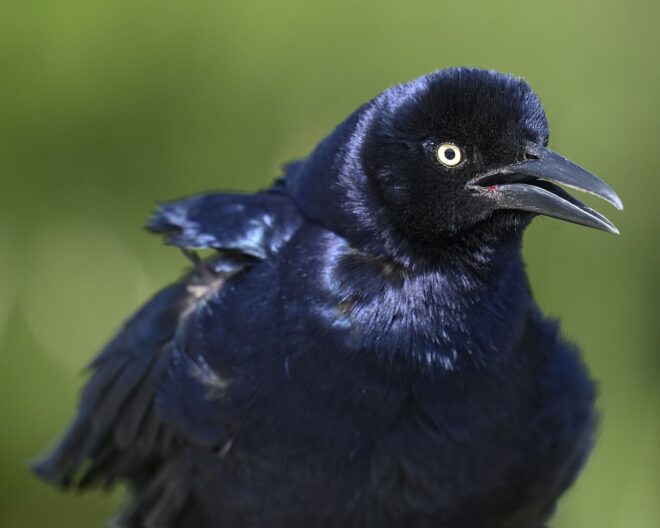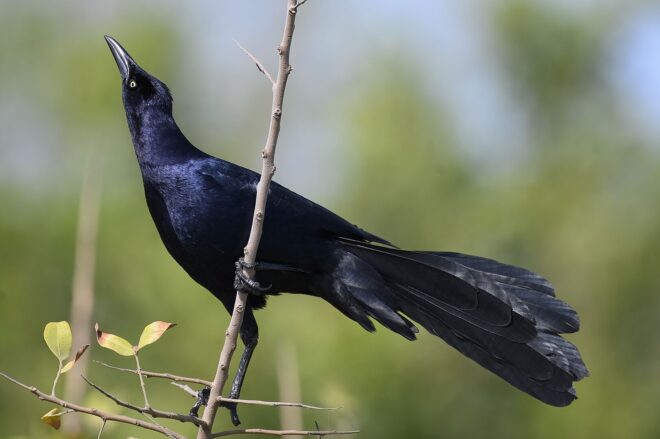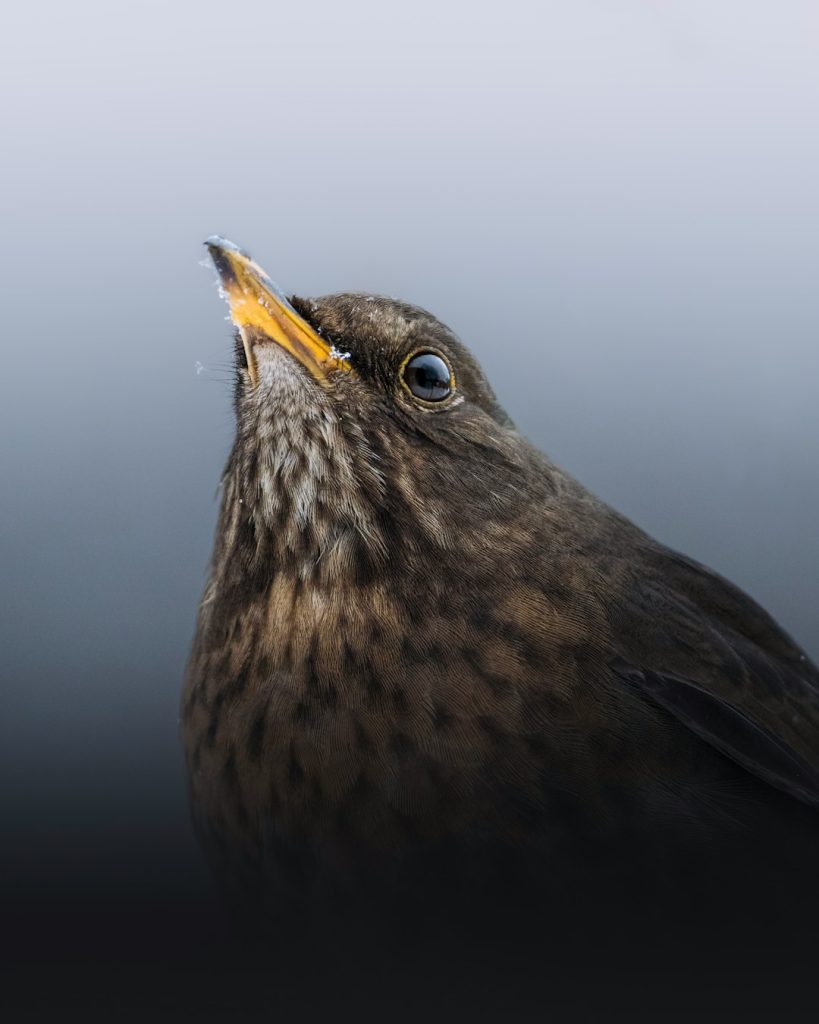Have you ever wondered if the Masters pipe really mimics bird noises? If you’re curious about how this unique instrument works and whether it can truly replicate the sounds of nature, you’re in the right place.
Understanding this could change the way you think about bird calls and even how you connect with the outdoors. Keep reading to discover the surprising truth behind the Masters pipe and its link to bird sounds—you might be amazed by what you learn.
History Of The Masters Pipe
The Masters Pipe is a special tool used to mimic bird noises. It helps bird watchers and hunters attract birds. This device has a long history and has changed over time.
Many people wonder if the Masters Pipe truly sounds like bird calls. To understand this, we must look at its history and development.
Origins And Early Uses
The Masters Pipe was first created in the early 1900s. It was made from wood or metal. People used it mainly for hunting and bird watching.
Early users learned to blow the pipe in different ways. This helped copy sounds of various birds. It was a simple but effective tool.
Evolution Over Time
Over the years, the Masters Pipe design improved. New materials like plastic and rubber were used. This made the pipe easier to carry and use.
Users also developed better techniques to match bird calls more closely. Different sizes and shapes helped produce varied sounds. Today’s versions are more reliable than ever.

Credit: www.birdwatchingdaily.com
The Sound Mechanism
The Masters pipe in bird noises creates unique sounds through a special system. This system uses air and vibration to make the bird calls we hear.
Understanding how the pipe produces sound helps us learn why these noises are so clear and varied.
How The Pipe Produces Sound
The pipe works by pushing air through a narrow tube. This air moves fast and causes vibrations inside the pipe. These vibrations create sound waves.
- Air enters the pipe from the bird’s windpipe.
- It passes through a small opening called the labium.
- The air hits a sharp edge, making it vibrate.
- Vibrations travel through the pipe’s body.
- Sound waves come out as bird calls.
Acoustic Properties
The pipe’s shape and size affect the sound’s pitch and tone. Longer pipes make lower sounds. Shorter pipes make higher sounds.
| Property | Effect on Sound |
| Length of Pipe | Longer pipe lowers pitch |
| Width of Pipe | Wider pipe makes deeper tone |
| Material | Hard materials give clear sound |
| Air Pressure | Higher pressure makes louder sound |
Bird Calls And Their Characteristics
Bird calls are sounds made by birds to communicate. These sounds help birds find mates, warn of danger, or mark territory.
Each bird species has unique calls. These sounds vary in pitch, length, and pattern.
Common Bird Sounds
Birds make different sounds like chirps, whistles, and trills. These sounds can be simple or complex.
Some birds sing to attract mates. Others use calls to warn others of predators.
- Chirps: short, sharp sounds
- Whistles: clear, musical notes
- Trills: rapid, repeated notes
- Calls: simple signals for communication
Frequency And Patterns
Bird calls have different frequencies. Frequency means how high or low the sound is.
Patterns in bird calls help identify the species. Some birds repeat sounds in a steady rhythm.
- High frequency calls are sharp and clear
- Low frequency calls can travel far
- Repeating patterns make calls easy to recognize
- Some birds change patterns for different messages

Credit: www.birdwatchingdaily.com
Analyzing The Masters Pipe Sounds
The Masters Pipe is known for its unique sound. Many people wonder if it mimics bird noises.
We will look closely at the pipe’s tones. Then, we compare them to actual bird calls.
Comparing Pipe Tones To Bird Calls
The pipe produces high-pitched, clear notes. These notes sound like some bird songs.
Bird calls often have quick changes and trills. The pipe can imitate some of these patterns.
- Both use short, repeated sounds
- Some pipe tones match bird pitch ranges
- Bird calls have more variation than pipe sounds
Scientific Studies And Observations
Scientists have studied how the pipe sounds relate to birds. They use recordings and sound analysis.
Results show the pipe can copy some bird calls. Still, it lacks the full range of real bird songs.
- Acoustic tests show similar frequency patterns
- Experts note the pipe’s limited tonal variety
- Birds use calls for communication and warning
- The pipe is mainly for musical expression
Myths And Legends Surrounding The Pipe
The pipe in bird noises has been part of many stories. People have passed down myths about its power and meaning.
These tales often explain why the pipe sounds the way it does and what it means for birds and people.
Folk Stories
One popular folk story says the pipe was a gift from forest spirits. They gave it to a wise hunter to call birds for help.
- Some believe the pipe can mimic any bird sound perfectly.
- Others say it can calm angry birds or lead lost birds home.
- A few stories tell that the pipe can summon rain by calling certain birds.
Cultural Significance
The pipe is seen as a symbol of connection between humans and nature in many cultures. It shows respect for birds and their songs.
| Culture | Meaning of the Pipe |
| Native Tribes | Tool to communicate with birds |
| Mountain Villages | Sign of peace and harmony |
| Coastal People | Way to call birds for fishing |

Credit: www.birdwatchingdaily.com
Modern Interpretations
The Masters pipe creates sounds that mimic bird noises. People today find new ways to use these sounds. These sounds inspire music, art, and technology.
Artists and musicians use the pipe to add natural sounds to their work. Technology copies these sounds to make new bird sound devices.
Use In Music And Art
Many musicians use the Masters pipe to bring bird sounds into songs. These sounds add a peaceful or lively feel to music. Artists also use the pipe’s tones to create nature-inspired art.
Bird noises from the pipe show the beauty of nature. They help listeners feel calm or happy. Some artists mix these sounds with other instruments to make new styles.
- Bird sounds create natural backgrounds in music tracks
- Artists use sounds to inspire paintings and sculptures
- Music with bird noises connects people to nature
Technological Replications
Technology now copies the Masters pipe’s bird sounds. Machines play these sounds in parks, gardens, and apps. This helps people enjoy nature sounds even in cities.
Some devices use recordings from the pipe to teach about birds. Others create new bird sounds by mixing many recordings. This technology makes bird noises easy to use everywhere.
- Electronic devices play bird sounds for relaxation
- Apps teach users to recognize different bird calls
- Sound machines mix real and digital bird noises
Experiments With Bird Reactions
Many researchers have tested if the Masters pipe sounds like real bird calls. These tests help us understand bird behavior better. Observing bird reactions shows how close the pipe’s sounds are to nature.
Birds respond in different ways to sounds they hear. Some may come closer, others stay quiet or fly away. Watching these reactions gives clues about the pipe’s effectiveness.
Field Tests
Field tests took place in forests and parks where birds live naturally. The pipe was played at various times and places. Observers noted the types and numbers of birds that appeared.
- Played the pipe near bird nests
- Used different volumes to see changes in response
- Tested during early morning and late afternoon
- Recorded bird calls for comparison
- Noted bird species attracted or scared away
Bird Responses
Birds showed varied responses to the Masters pipe. Some species were curious and approached the sound source. Others showed no interest or moved away. The reactions depended on the bird’s type and situation.
| Bird Species | Response Type | Reaction Notes |
| Sparrows | Approach | Moved closer to the pipe |
| Robins | Alert | Stopped singing and watched |
| Woodpeckers | Ignore | Continued pecking without reaction |
| Blue Jays | Fly Away | Left the area quickly |
Conclusion On The Mystery
The question of whether the Masters pipe imitates bird noises remains intriguing. Many listeners hear sounds that resemble bird calls, sparking curiosity and debate.
Scientists and musicians have studied these sounds to find clear answers. Their research reveals patterns and clues that help us understand the true nature of the Masters pipe.
Summary Of Findings
Research shows the Masters pipe produces sounds similar to bird calls. The pipe’s design allows it to mimic pitch and rhythm found in nature. Yet, it also creates unique tones that differ from actual birds.
- The pipe can imitate several bird species’ calls.
- Some sounds are mechanical and do not match natural bird noises exactly.
- Listeners’ interpretations vary based on experience with bird sounds.
- Experts agree the pipe blends imitation with original sounds.
Future Research Directions
Future studies should explore how the pipe’s sound compares to more bird species. Researchers also want to learn how listeners from different backgrounds perceive the sounds.
| Research Area | Purpose | Expected Outcome |
| Sound Analysis | Compare pipe sounds with bird calls | Identify exact matches and differences |
| Listener Studies | Test perception across cultures | Understand how experience affects recognition |
| Design Improvements | Enhance pipe for clearer imitation | Produce more accurate bird-like tones |
Frequently Asked Questions
Does The Masters Pipe Imitate Real Bird Noises?
Yes, the Masters Pipe mimics various bird calls. It uses realistic sounds to attract birds effectively during hunting or observation.
What Types Of Bird Sounds Does The Masters Pipe Produce?
The Masters Pipe produces calls like chirps, whistles, and songs. These sounds resemble common species to engage birds nearby.
How Accurate Is The Bird Sound Imitation Of The Masters Pipe?
The Masters Pipe offers highly accurate bird sounds. Its design captures pitch and tone closely to natural bird calls.
Can The Masters Pipe Attract Different Bird Species?
Yes, it can attract multiple species. The diverse sounds appeal to songbirds, waterfowl, and other wild birds.
Conclusion
Bird sounds at the Masters remain a captivating mystery. Many claim they hear real birds. Others suspect the sounds are played through speakers. The debate adds excitement to the tournament. True or not, bird noises enrich the viewer’s experience. They create a serene atmosphere on the golf course.
Fans enjoy the soothing background while watching the game. Whether natural or piped in, these sounds enhance the magic of the Masters. Golf enthusiasts appreciate every detail, including the delightful bird songs. In the end, the charm of the Masters lies in its tradition and allure.

